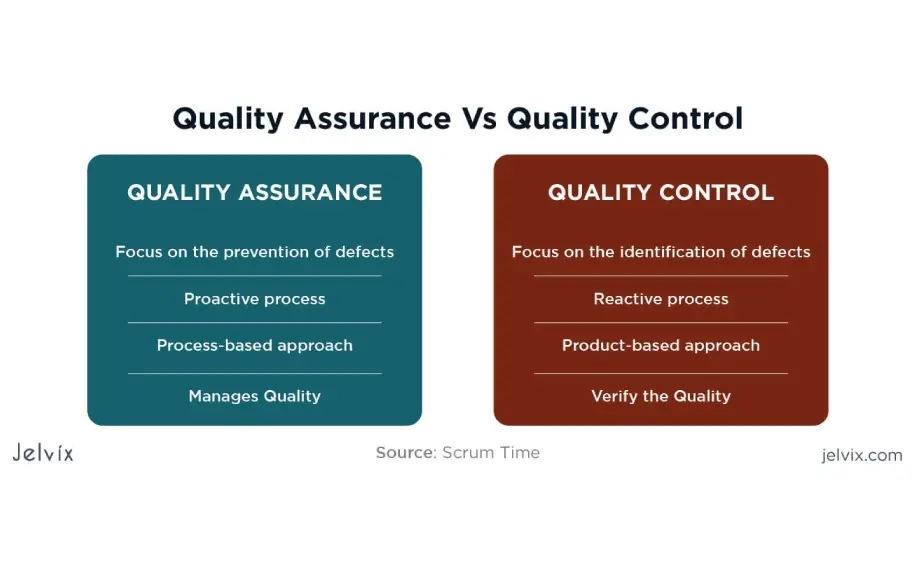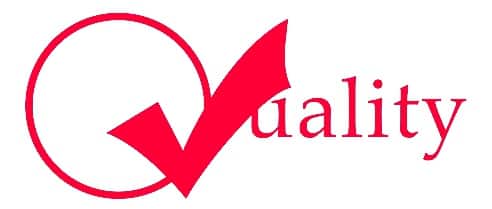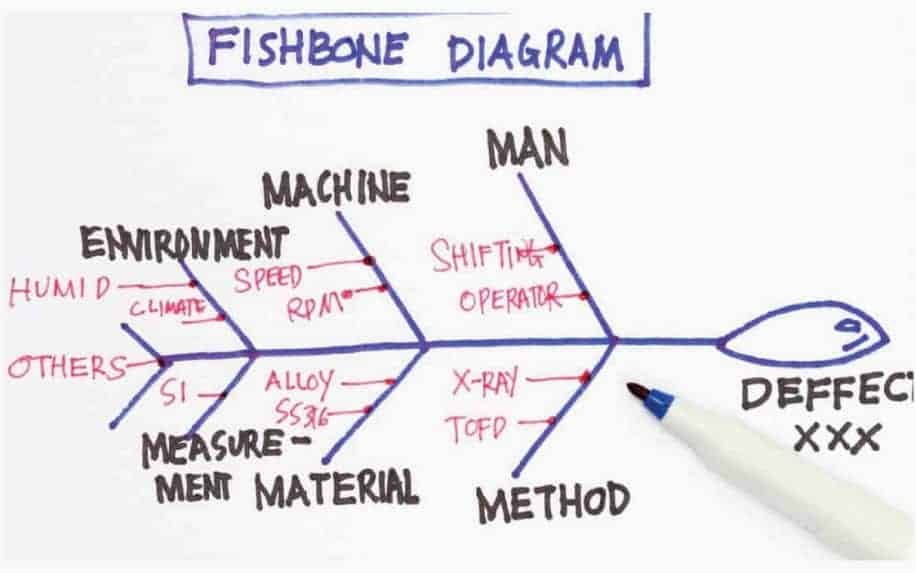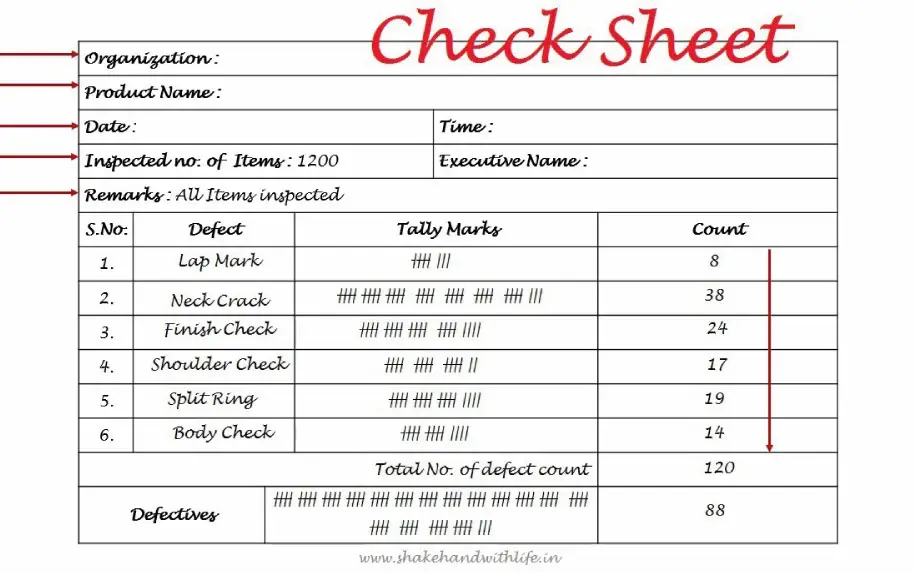What Is Quality Control: a critical component of manufacturing and production that affects every aspect of operations. According to recent estimates, poor quality costs businesses 15-20% of revenue annually. [1] Defective products lead to high levels of waste, rework, recalls, returns, and lost customers.
However, implementing a strong quality control program has been proven to reduce costs, drive profits, and gain a competitive advantage. Studies show that companies with mature quality systems enjoy increased market share, higher customer satisfaction, and greater cost savings.
[2] For example, General Electric saved over $2 billion within two years of implementing Six Sigma, a rigorous quality control methodology. [3] Quality control provides major benefits like optimizing processes, ensuring specifications are met consistently, catching defects early, reducing risks and liabilities, and building a quality culture.
Markets have become ever more competitive due to being saturated with businesses. Not only is it important to market your business to a large audience, but you must also maintain these customers. So, what is quality control?
Customers expect the highest standards; sometimes, all it takes is some product inconsistency that may cause the business to go under.

This is why businesses need to understand quality control and its implications clearly. Now, let’s define quality control and the preceding benefits your business can get by utilizing it.
Table of Contents
What Is Quality Control?
Defining quality control is important to understand the significance of having a consistent product. Consistent products let customers know what to expect from your brand.
This maintains customer loyalty and boosts word-of-mouth advertising, which ultimately boosts sales. Quality control is the process by which a business ensures that its product is up to standards.
By checking the finished product before it is shipped, your business can maintain a quality standard that you set for yourself. This can be done in several ways.
The simplest is the inspection of all products released. As the business grows, it becomes much more efficient to draw samples from the production line relying on statistical analysis.

History of Quality Control
- 1920s – Statistical quality control pioneered by Walter A. Shewhart at Bell Labs and introduced control charts.
- 1930s – W. Edwards Deming teaches statistical process control techniques in the US.
- 1940s – Deming works with Japanese manufacturers on quality practices after WWII. It helps transform the “Made in Japan” reputation.
- 1950s – Joseph M. Juran develops quality management principles focused on training and cross-functional management. Publishes Quality Control Handbook.
- 1960s – Kaoru Ishikawa introduces fishbone diagram cause-and-effect analysis and emphasizes quality circles.
- 1970s – IBM implemented a total quality management (TQM) system company-wide under CEO John F. Akers.
- 1980s – Motorola introduced Six Sigma. Focuses on reducing defects and variations.
- 1987 – ISO 9000 family of quality management standards first published and revised in 2000 and 2015.
- 1990s – Focus shifts from quality control to quality assurance, emphasising prevention over inspection.
- The 2000s – Lean principles of waste reduction have become popular in quality programs. ISO 9001 standard updated.
- 2010s – Quality 4.0 wave emerges. Leverages IoT, big data, and AI for smart quality control.
Covering the evolution of quality control provides context on how these foundational theories, tools, and standards emerged over the past century.
Types of Quality Control
Incoming Quality Control
- Involves inspection, testing, and verification of purchased materials from suppliers before production.
- It helps prevent the use of non-conforming parts or materials in manufacturing processes.
- Common tools include receiving inspections, supplier audits, source inspections, sampling, and testing.
- Example: Automotive manufacturers inspect a sample percentage of all purchased auto parts and materials to ensure they meet specifications.
In-Process Quality Control
- Monitoring and control during production stages to catch defects quickly.
- It can be tested at different points along the production line or assembly process.
- Uses tools like statistical process control, process capability analysis, and acceptance sampling.
- Example: A refrigerator assembly line conducts leak tests mid-way to identify defective seals or doors.
Final Quality Control
- Inspection and testing of finished products before distribution and shipping.
- Verifies final output meets functionality, design, safety and other requirements.
- Often done by dedicated quality teams using checklists, prototypes, gauges, and testing equipment.
- Example: Electronics test completed mobile phones for defects using multi-point checklist inspection.
| Inspection Type | Common QC Tools |
|---|---|
| Incoming QC | – Supplier audits An electronics manufacturer regularly audits its component suppliers’ manufacturing processes and quality systems to ensure that purchased parts meet specifications. – Receiving inspection An automotive plant visually inspects a sample percentage of all incoming metal stock shipments to verify the correct material grade and surface finish before being used in production. – Source inspection A construction contractor sends engineers to visit and inspect the fabrication facility producing steel girders before they are shipped to the building site. |
| In-process QC | – SPC control charts A plastic bottle manufacturing line monitors key dimensions regularly using statistical process control charts to detect variances. – Failure testing A consumer products company stress-tests samples from a production batch by dropping, crushing, or twisting units until failure to identify flaws. |
| Final QC | –Diagnostic testing A semiconductor fab performs final functional testing on wafer lots by running electrical signals and benchmarking performance against requirements. –Test stations An aircraft assembly plant has multiple test stations for structural integrity, electrical, hydraulics, engine performance, and safety system checks before rollout. –Prototype inspection A metal fabrication shop compares finished custom parts to the initial CAD models and drawings to verify all features match the design specifications. |
For incoming QC tools, validate purchased materials and components before they enter production. This prevents non-conforming parts from being used.
In-process QC leverages statistical methods and testing to catch defects during manufacturing stages. This provides feedback to control the process.
Final QC does end-of-line inspection to verify finished products meet all specifications before shipment. Testing stations, prototypes, and checklists help confirm quality.

What Is Quality Control in Management?
Managers use quality control more than anyone in their day-to-day lives. Managing a team effectively is impossible without managing the quality of their work in some way or another.
This is because managers are ultimately responsible for their team’s output. This is true if you’re managing a couple of software developers or a factory full of workers. The same principles apply in either case.
Here’s what quality control means for managers.
Efficiency
By constantly checking the products for quality inconsistencies, any problems in your production line may be identified quickly to minimize waste.
By reducing waste, your production costs are reduced as you can save the raw materials that would otherwise be wasted and the labour put into a product that will never be sold.
High efficiency is the goal of any growing company.
A 1% increase in efficiency might mean thousands of dollars in increased sales at a large enough scale. Additionally, higher efficiency allows you to provide competitive prices that give you the edge over less efficient businesses.
Increased Quality Standards and Project Awareness
Your decision to monitor quality will be known throughout your company. Your employees will know that you value quality and thus will work their hardest to provide the highest quality goods to impress you.
By inspecting the quality of products, you motivate workers to be more thorough with their work.
For labour-intensive products, it is often found that the better your quality control process is, the less likely there are defects since workers will be extra thorough to ensure their products are not rejected.
Consistency
By enforcing quality control, your products will have less variability. By having consistent products, customers are a lot more likely to keep using your brand over the competition. A consistent product builds customer loyalty, making them less likely to try a new brand.
Eliminating competition before it is even established. Furthermore, the consistency of your product builds your brand’s image.
By getting people accustomed to a certain standard of quality from your brand, they will feel safer recommending your product to people they know.
This is otherwise known as word-of-mouth advertising and is regarded as one of the most effective advertising methods as people trust the opinion of people they know.
Quality Control Tools
Of course, quality control is much easier nowadays, as a raft of dedicated tools are available. Some of these are dedicated project management software. Others are simple techniques with pens and paper.
Let’s look at some of the best quality control tools.
Fishbone Diagrams
When diagnosing problems in your production line that may be causing fluctuations in quality, a fishbone diagram may prove useful. This simple diagram will help you identify the several causes of a problem.
This helps with brainstorming and troubleshooting. By plotting down all the possible causes that have led to your problem, it becomes much easier to convey the current problem to several people and discuss possible solutions that address these problems.

Control Charts
A statistical representation of the changes in production over time. This allows you to create an average baseline of quality that you can then compare against to determine the fluctuations in quality.
By comparing your current data to a pre-established trend, you can identify if your product fluctuations are predictable or random. This is a valuable tool for monitoring product quality significant to the quality control of your production line.
Check Sheets
This form allows you to collect data “on-site” regarding your products. It allows you to track various statistics regarding your sales like the number of late deliveries, incorrect orders or damaged goods.
This allows you to identify the frequency of issues you might be facing to identify trends that need to be addressed. Having check sheets will save you a lot of “hindsight” tracking, which wastes your time as it could be easily done on the spot if implemented correctly.

popular Quality Control Systems:
Quality Control Systems
Total Quality Management (TQM)
- Management philosophy focused on customer satisfaction
- Emphasizes continuous improvement, teamwork, problem-solving
- Combines quality control tools with cultural change
- Requires extensive training and employee involvement
- The widely adopted system, implemented by companies like Toyota, IBM, Motorola
Six Sigma
- A data-driven approach to eliminate defects and variability
- Relies on the DMAIC process for improvement projects
- Uses statistical tools to achieve rigorous quality benchmarks
- Seeks to achieve “Six Sigma” level of 3.4 defects per million
- Originated by Motorola and made popular by GE in the 1980s
ISO 9000
- International standards for quality management systems
- Provide framework and criteria for QC processes
- Help companies standardize procedures and activities
- Requirements include training, documentation, corrective action
- Over 1 million organizations certified worldwide
Lean Manufacturing
- Focuses on reducing 7 forms of “muda” (waste)
- Tools include 5S workplace organization, Just-in-Time, Kanban
- Promotes smoother material and information flows
- Involve employees in suggesting improvements.
- Implemented famously by Toyota starting in the 1950s
Quality Control Best Practices
Procedures
- Create detailed procedures and work instructions for each process
- Standardize procedures using visual guides, checklists, templates
- Review and update regularly to improve and control processes.
Automation
- Automate inspection and testing where possible for consistency
- Use sensors, scanners, and machine vision to reduce human error.
- Develop alerts and notifications for out-of-spec conditions
- Integrate automated checks and stops in the production workflow.
Training
- Provide extensive training on QC policies, procedures, tools
- Make quality awareness part of onboarding for new hires
- Conduct refreshers and recertification regularly
- Encourage employees to share QC ideas and suggestions
Documentation
- Maintain organized records of inspections, tests, audits
- Log quality data in the central system for analysis.
- Document root causes and corrective actions for defects
- Track quality KPIs like defect rates, scrap, rework time
Analytics
- Collect and monitor quality metrics across operations
- Analyze trends to identify issues and opportunities
- Compare benchmarks between lines, shifts, machines
- Review analytics in daily/weekly meetings to drive improvement
Quality Control FAQs
How do we get started implementing a QC system?
- Assess current procedures and identify problem areas
- Define quality objectives and requirements
- Develop a plan and timeline for building capabilities.
- Start small with pilot projects focused on high-risk areas
- Expand over time across processes, products, and plants.
How much training is needed for QC?
- Provide extensive job-specific training on procedures and tools
- Educate staff on QC principles, metrics, and systems
- Conduct hands-on workshops to build skills
- Ensure everyone understands their quality responsibilities
- Plan for ongoing refreshers and recertification
What are the main tools for quality control?
- Statistical process control charts for monitoring
- Measurement tools like gauges, scales, scopes
- Standards, drawings, and prototypes for inspection
- Testing and lab equipment for analysis
- Software and sensors for automated control
How can we relate QC goals to business objectives?
- Show impact on cost reduction, profitability, growth
- Link to customer satisfaction, retention, and market share
- Connect quality to production levels, lead times, flexibility
- Track warranty claims, returns, recalls pre/post-QC
- Calculate ROI on quality initiatives
What is Quality Control? Summary
This article aims to answer the question of what is quality control. Quality control is an essential part of any successful business for many reasons.
To begin with, it allows for maximum efficiency by minimizing waste, which ultimately reduces production costs and allows for competitive prices.
Furthermore, having a quality control system is a major motivator for your employees as it shows that their efforts are tracked and appreciated, ultimately reducing errors. Additionally, consistent product quality builds brand loyalty with customers, making it more likely for them to stick to your business.
Customer loyalty retains customers and promotes business growth through word-of-mouth advertising, as customers will be confident when suggesting your product to others.
Quality control might initially seem like a tedious process. However, the massive benefits it produces make it very worthwhile. By applying these simple tactics, you will be on the first steps to maximizing efficiency, ultimately allowing you to remain competitive in today’s vicious markets.
For further productivity, check out our product management guide to ensure maximal productivity.


